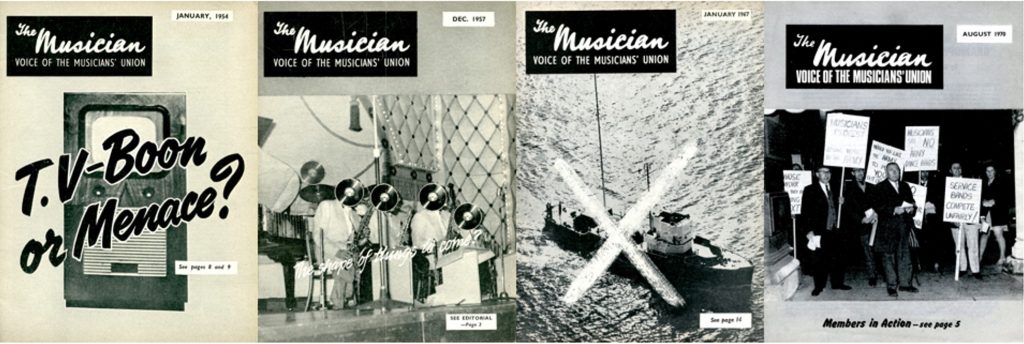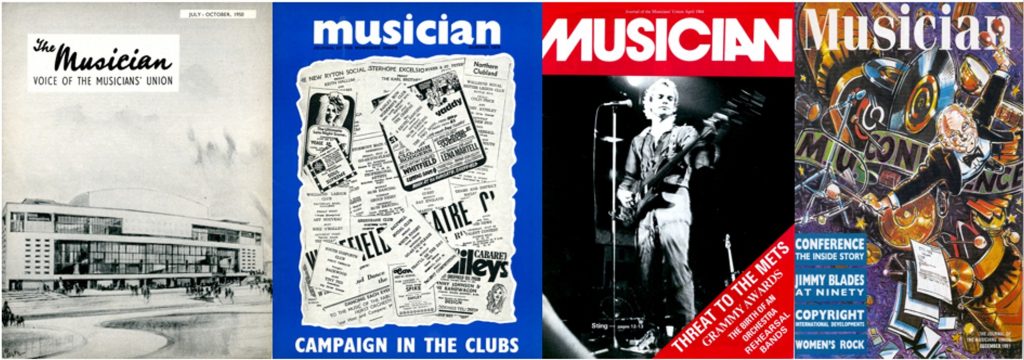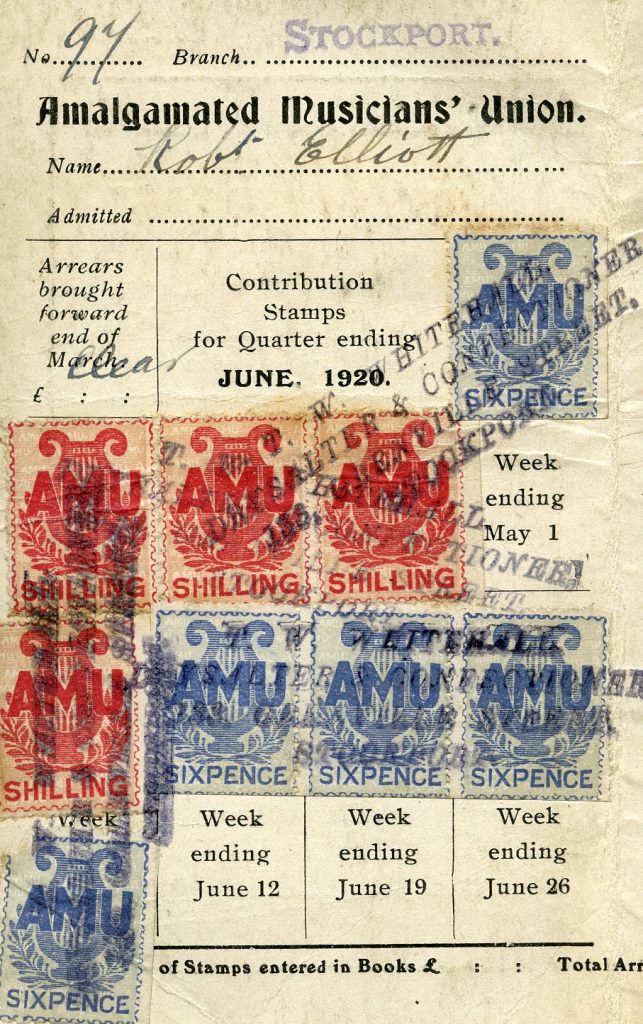During the summer of 2019 Lorna Keddie, a graduate of the University of Stirling in Heritage and Tourism undertook a traineeship in the University Archives funded by the Musicians’ Union. Here she writes about her work improving access to this unique resource.
For the past six weeks, I’ve been delving deep into the Musicians’ Union archives to begin the project of digitising the Musician, the magazine of the Musicians’ Union. This project intends to further improve access to this collection for researchers who use the resource for a variety of projects and members of the public, who use the resource to research their family history.
The Musician was first published and distributed to members of the Musicians’ Union in October 1950; consequently, this is where my journey digitising this resource began. At the start of the project I began arranging each issue into numerical order and selecting the best copies of each issue, which was quite challenging in the case of the early magazines as time hasn’t been the kindest to them. Once the best were selected I could begin prepping for digitisation; involving numbering individual pages with a unique reference and cataloguing the titles of articles and names of authors. Once all the preparation was complete I could begin the all-important task of scanning!

While cataloguing the contents of the Musician, I gained a real sense of the hard work and energy the Union exerted to ensure musicians were granted fair pay and working conditions and were protected from threats to the profession including, “Talkies” (films with sound), service bands, recorded music and pirate radio stations. I found it extremely fascinating to see the changes in the contents, style and layout of the magazine throughout the decades and the reflection of the problems and threats musicians’ faced included on the covers.

In addition to digitising the first 25 years of the Musician, I prepared and digitised leaflets and promotional materials produced by the Union dating from 1906 to 2016. Furthermore, I numbered and arranged a selection Union Membership cards dating from 1916 to the present day, including a few familiar names, for example, the members of rock Band Status Quo. I found it remarkable the Union was still using a stamp system to pay membership fees and only moved towards a system that involved paying by direct debit in the early 1990s.

In the final week of my traineeship I began the process of preparing the next 25 years of the Musician for digitisation; to open up this resource even further in the future!
Lorna Keddie